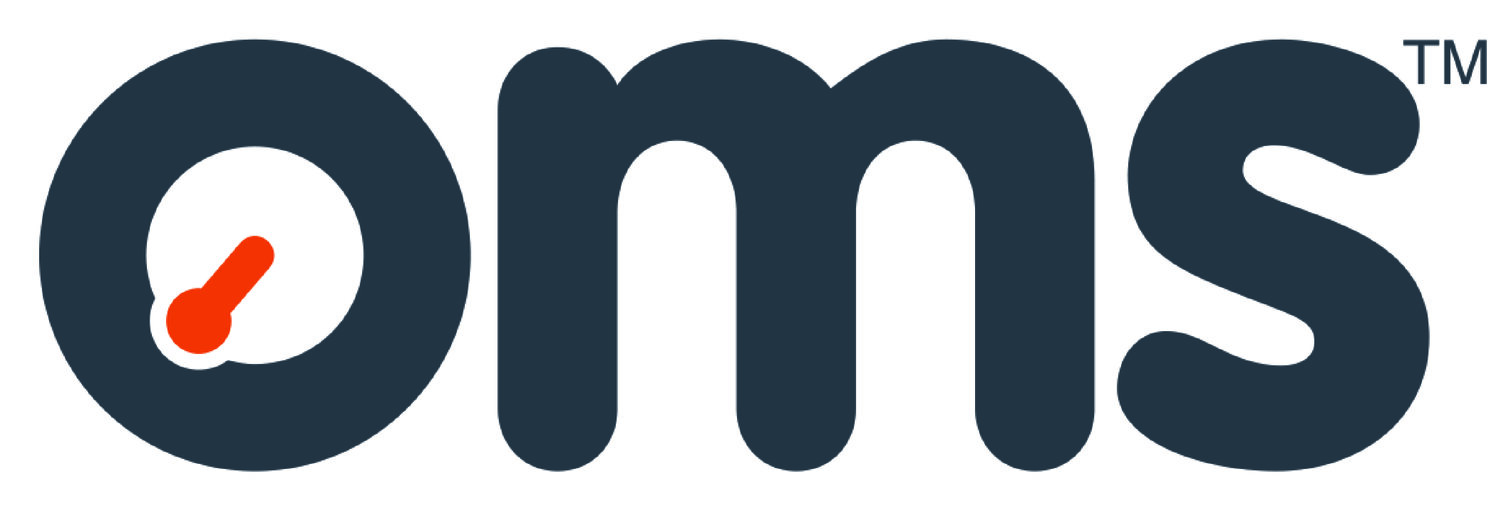Award-winning weld inspection technology – the details
OMS has won a 2020 Queen’s Award for Enterprise in the Innovation category for its pioneering weld inspection service, used in the oil and gas industry to inspect the quality of welds before pipeline is laid.
Why is weld inspection important?
Weld inspection is a vital stage in the laying of oil and gas pipelines because welds must adhere to strict criteria before they are passed for use. Judgments made are critical to pipe-laying decisions, particularly when pipeline is being laid in ecologically sensitive areas like Western Australia, because failed welds can have such significant consequences – project delays, increased costs and even environmental disaster.
The OMS weld inspection system certifies weld quality to international standards such as API and DNV-GL.
What does it do?
Our system provides a close-up visual inspection of the weld along with a 3D map, both systems working alongside each other to provide a complete image. Visual inspection is able to distinguish porosity, oxidation due to poor purging, cracks and other features, while the 3D laser scan provides accurate information about the match up of the pipe, the height or depth of the weld penetration, the size of the weld and any other dimensional feature. Information is fed back to our sophisticated software systems and the result is a comprehensive picture of a weld, provided at high speed.
How does it work?
The OMS weld inspection service assesses internal pipe features such as welds and corrosion rapidly and accurately with a system combining 3D laser scanning technology, HD cameras and strobe lighting. Resulting data is sent back to the cloud to be interrogated or stored anywhere in the world.
Our AUGA.node device moves itself into location using powered wheels that adapt to variations in pipe size and shape. It is a robust instrument capable of operating 24/7 in harsh offshore environments and at great distance from the point of welding. The AUGA.node can travel up steep, even vertical slopes and around multiple 90° bends and elbows if necessary.
Once in position a light stripe laser sensor scans thousands of stripes around the pipe circumference to build a complete 3D map of the weld and surrounding area while an integrated mega pixel camera scans the weld at the same time. The system uses strobe lighting with a colour rendering index as close to 1 as possible, which closely replicates what the pipe surface would look like in natural light. Welds are thoroughly assessed in 30 seconds or less, providing more than 70 images and 2,000 laser scans.
OMS amalgamates the two different data sources into one software package. The software goes to work directly the system starts operating and performs sophisticated analysis of the weld area, highlighting any areas which are likely to out of specification. Skilled operators in the field can then make rapid decisions about whether to pass or fail a weld.
OMS innovation
Innovation runs through the heart of everything we do at OMS. Our innovative approach and creative thinking have led to this award-winning weld inspection service, which helps companies in the oil and gas industry speed up and improve pipeline construction. To find out more about how our range of weld inspection services and tools could help your business contact us here.
Next steps
OMS is turning its innovative approach towards potholes, the nemesis of every driver and cyclist. We hope to use our innovation skill to make pothole repairing faster and cheaper. If you’d like to find out more we would love to hear from you. Contact Dr Tim Clarke on tim.clarke@omsmeasure.com to share your views.
If you would like to find out more about our pioneering weld inspection system please contact us here or call us on 01279 656038
Find this article useful? Sign up for more here!
Posted 23.04.2020
[5 minute read]
By Tim Clarke




